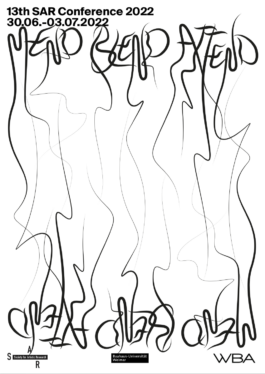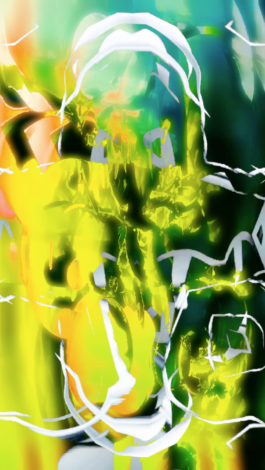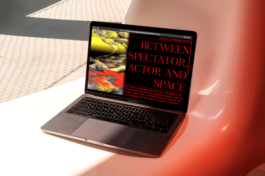ARTS AND SCIENCE
VISUALS
VISUAL RESEARCH
TOOLS AND SYSTEMS
EDITORIAL
TEACHING
HSBI Bielefeld
University of Applied Sciences and Arts
Bauhaus-University Weimar
Graphicdesign & Visual Research
UP
hello@tamaraknapp.de // @_tamara_knapp_ ©2022 Tamara Knapp
Thomas-Müntzer-Str. 19, 99423 Weimar // +49 157 5070 9065
Tamara Knapp is a multidisciplinary artist from Weimar where she also completed her bachelor's and master's degree in Visual Communications at Bauhaus-University. Before moving to Weimar she trained as a photographer in Heidelberg.
***
In her work she places great value on interdisciplinarity, so that often related disciplines in art and design meet thematic blocks from (natural-), (human-) scientific fields and become recognizable in their thematic implementation. She seeks her vocation in the creation and documentation of new aspects in the fields of visual research and has been teaching this since 2021 under the "Space for Visual Research" at Bauhaus-University Weimar.
In addition to her teaching, she works as a freelance media artist with her expertise in generative and analogue image creation in cross-media as well as the fields of (photo)graphic visuals. In general, she likes to be inspired by inconspicuous, everyday materials and her penchant for the intangible.
Arts & Science
Segments of a cell
Tamara Knapp worked together with the Department of Bioinformatics at the Hans Knöll Institute in Jena. There she examined datasets of various cells; fungi, fluorescent and neutrophils. She converted pixel-based images contained in the datasets into digital graphics. In this process she implemented artificial intelligence for further automized recognition of the outer and inner shape contour of these different kind of cells. After analyzing and reconstructing these shapes a 300 page archive demonstrates how the artist explored the aesthetic potential of these images as a basis of her further work.
Six laser cut sculptures are part of an image based study entitled »Segments Of A Cell«. The sculptures display the forms of the cells as well as reflect the possibilities of a close relationship between technology and art regarding their way of production.
In addition to these sculptures, Tamara created a three channel video work and eleven prints.
The video shows patterns, various shapes, contours and motions converging and diverging in a black and white arrangement. They originate from the AI generated data set.
The prints are processed enlargements of chemigrams. In this sense she translates images of a highly technologized praxis into one of the first mechanized imaging processes – photographic film. Highly technological and analogue processes are combined. What emerges is an artistic product between scientific methods of bioinformatics and the unbreakability and irreversibility of analogue image production.
The group of works not only deals with the different handling of image material in the field of Arts & Science, their contrary approaches and similarities, but it also refers to traditional discourses of the humanities: What can the human eye capture? What can only be seen with the artificial eye of bioengineering? And what information do we draw from that?



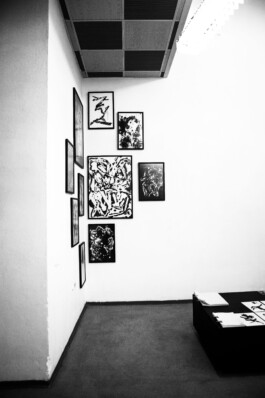














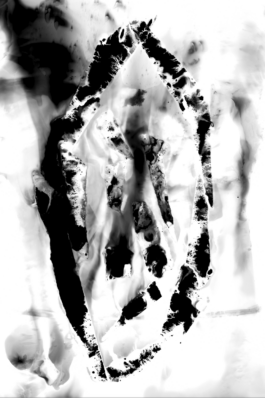












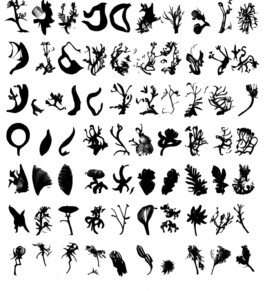
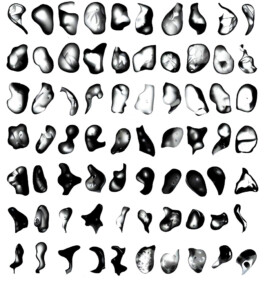


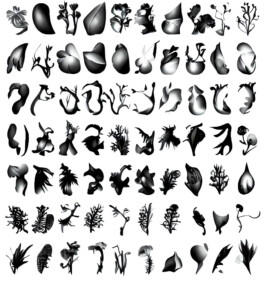


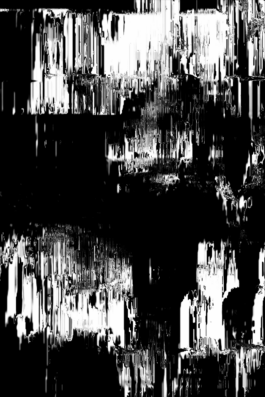





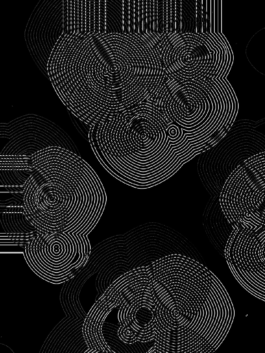




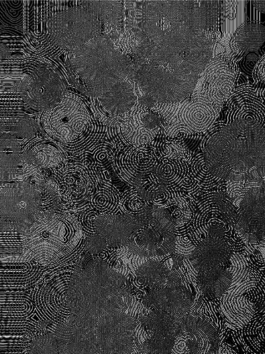




After the extensive research of the project Segments of a Cell, the trained ai was applied to scientific facts of natural aspects of flora and fauna. Here, however, the focus was not only on the reproduction of elements, but much more on the ai-specific handling of the replication of elements. Natural growth patterns, structures and microorganisms were collected for this pur- pose and combined into one element each, and then abstracted and combined again and again. The result is a natural collection adjacent to the (un)-natural phenomenologies of our nature and environment and the effect of the uncanny valley of our own habitat and its morphologies.
Visuals
in - tang - ible
the curtain of water
It is slowly getting dark. J walks along the street. A noise gets louder, white lights, red lights, a breeze, then it's quiet again. J crosses the street and looks down the embankment. In the back the lights of the street lighting, in front of him only noise. After a short wait, he recognizes a narrow path in the dim light. Was it here? His heartbeat almost drowns out the chirping of the crickets. J takes a breath and starts walking. Dry stalks brush his calves, bushes brush his arms. There is a rustling. J flinches and stops. He tries to remember the way. In the process, the spinning in his head only speeds up. He tries to remember the images from back then. But it's as if the rustling in front of his eyes is also spreading inside. Drops on his arm snap J out of the rising panic. Intuitively, he looks up. But he does not see the rain. He feels his face touched by the rain. He smells the air being washed by the rain. He hears the plants that are covered by the rain. "Rain has the peculiarity of highlighting the outlines of all things; it casts a colored blanket over things that were previously invisible; where before there was an interrupted and thus fragmented world, the evenly falling rain creates a continuity of acoustic perception." J exhales and continues walking. Text and images explore what it feels like to walk the path to total blindness. This was based on the notes of a blind person who describes how in the state of blindness not only the physical eye but also the "inner eye" gradually goes blind, how visual memory and orientation, pictorial memories and concepts are lost.


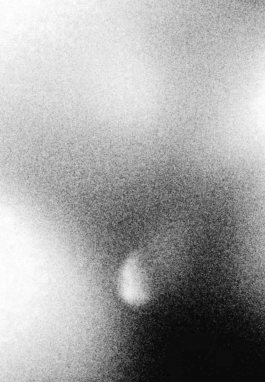










Sounds of
Mars & Saturn
Data Visualization
Ferrofluid
Ice Land Antarctica
Real Time Data Simulation
Kinetic Dreaming Archive
Visual Research
Resonant Space



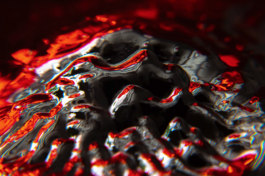







Forms of the Formless
Master Thesis
The master project forms of the formless deals with the question in which form time as a process can be visualized in design. The philosophical work Philosophy of Duration by Henri Bergson and Gilles Deleuze was used as a basis for this. The reading was examined for philosophical as well as design approaches and divided into five temporal themes based on different views of time. The result of this investigation is a design interpretation of the temporal processes described in the work based on philosophical and design approaches. The aim is to find both a philosophical understanding of time and a design form-finding for temporal processes with the help of the theories of formless design. Aspects of the philosophy of time and the theories of formless design will be examined on a theoretical and practical level as well as with regard to their interaction. In addition to the theoretical discussion, in the practical approach different materials are analyzed considering their temporal mutability. This processual transformation is thereby also applied to the design approach, which can encompass several stages or a chain of creation. The five themes obtained in the examination of the work Philosophy of Duration present an artistic work composed of the components philosophy of time, design method and material.
The concept of time holds a vast complex of themes, a sheer outsize. Time is the central object of countless scientific and humanistic considerations, with which old and new masters of various disciplines - from Aristotle to Einstein - have grappled since antiquity. One of these disciplines is the philosophy of time, especially the considerations of Bergson and Deleuze. In this work it is not about an extension of time-philosophical approaches and insights, rather the creative interpretation of the same is in the foreground. Thus, no further question about philosophy of time shall be asked, but how it could look like in design. The core motivation behind this approach is to gain inspiration and new design approaches by interpreting the results of a particular niche of philosophy. Away from the current, digitally dominated, trends, the intention is to take abstract perspectives. How does philosophical content stimulate creative action in design? In what form can the philosophical understanding of time as a process be visualized in design? What happens when one plays with the temporal dimension? What happens apart from the solidity and stability of the things of space, which can gain and lose form?







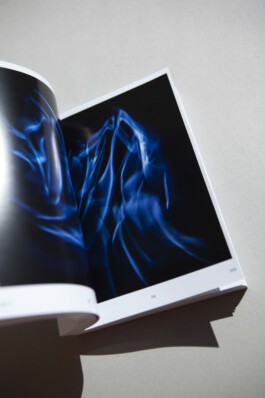






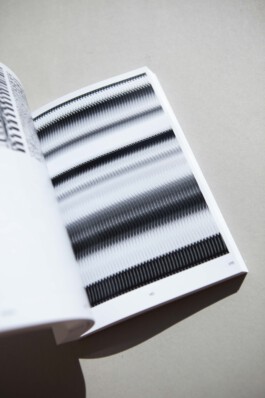






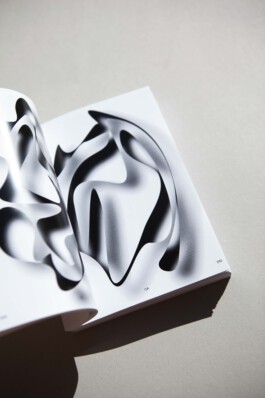


Chapter I
Mutation Proceedings
Based on the theories of mutations and the formation of fossils or inclusions, the idea was developed to examine materials for their changeability over time. For this purpose, materials were selected that are amorphous or subject to the design methods. To create material as a shape imprint of its own structural composition, for example, requires the use of energy. Materials are placed in different states when heated. In the process, their natural struc- tural properties emerge and the deformation is equally captured as a form- less visual representation. For this purpose, materials are brought to borderli- ne points of external transformation in order to analyse when a material bends to the energy source. Furthermore, materials that can transform from liquid to solid or amorphous states are examined.





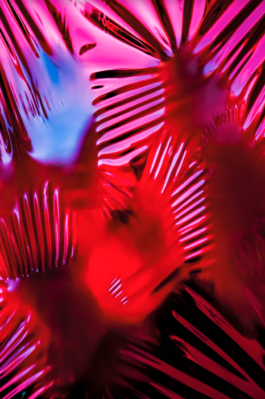















Chapter II
Depicting Entropy
In Depicting Entropy, quantities from the signal processing of video and audio data were used for the real-time manipulation of a visual real input. Recorded in digitized sound energy (samples) as well as single video frames get a meaningful sequence via the temporal dimension first. These changes were taken from multimedia files or (streams) to manipulate a static image in real time. The entropy created by emitted sound energy or motion is thus taken from its proper origin and animates a static concept. Acoustic processes can alternatively be visualized via a spectrographic representation. Here, the temporal frequency change of a recording is represented.









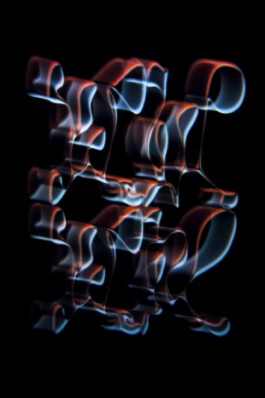










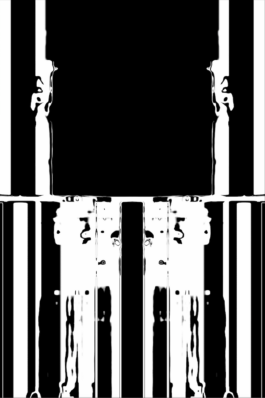
Experimental Tools & Systems




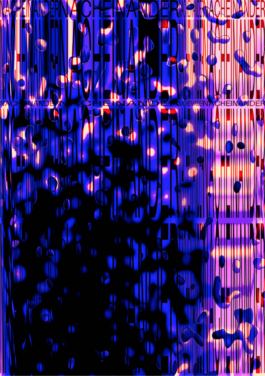








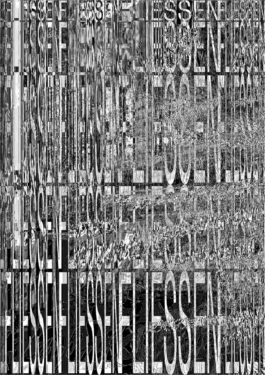


















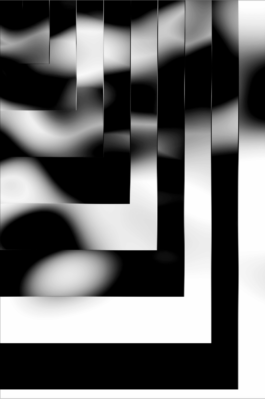





Music Video
ROH
Exit Strategy
Ivory Mix
Nebula

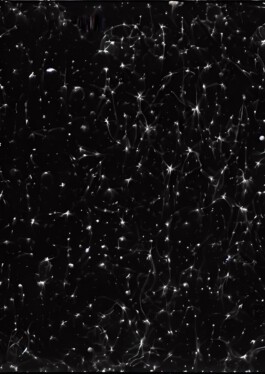






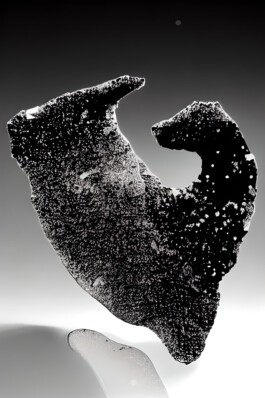



Voids


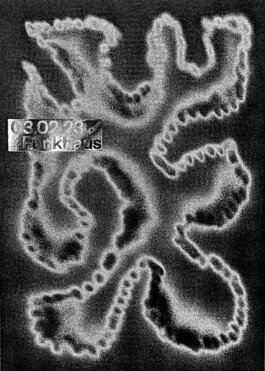









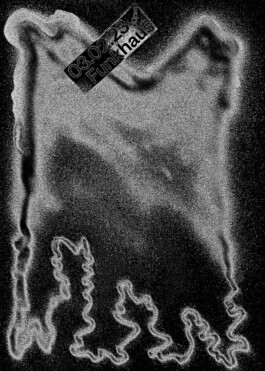






Editorial
The Chopped Off Head Magazine
The Chopped Off Head Magazine is a fashion magazine, an artist book and an artwork. Born in 2022 and founded by Colombian artist Eduardo José Rubio Parra, this publication is meant to serve as a bridge between different artists, artistic disciplines and cultures. Each issue will feature the world of a chosen artist or artists. The title of the project was inspired by the thought of these artists chopping their own heads off to give the viewer an insight into a world only existing in their minds.
28 pieces in total representing one body (my body) carrying one world (my world).
Each piece carries a wound, an acrylic painting.
One body wounded 28 times differently.
Documentation Photography: Janis Uffrecht
Fashion & Artwork Photography: Nathalia Azuero
In cooperation with Lena Weber
Port Magazine
Port Magazine is an official publication of Bauhaus University‘s Lucia Verlag. It is released annually featuring curated projects of students. For the 2018 redesign of Port Magazine, we created a double-sided book that divided the magazine into two parts. Using exclusively offset spot colours we were able to present a uniquely coloured product. One part is extremely colourful (2-colour-print on coloured paper) and one is strictly monochromatic using silver and black spot colour on white. Through our expertise in photography, we were able to display imagery within these special colour limitations making images pop with silver highlights or displaying the biggest colour depth possible using only 2 colours.104 pages, 23,5x17 cm, Offset + imprint, + Inlay-Poster 46,8 x 30cm.
In cooperation with Lena Weber.
Teaching
Graphicdesign & Visual Research
Mixtured Spaces


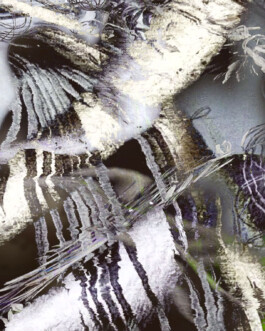







Space & Matter



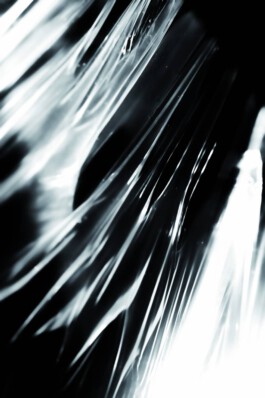


up







